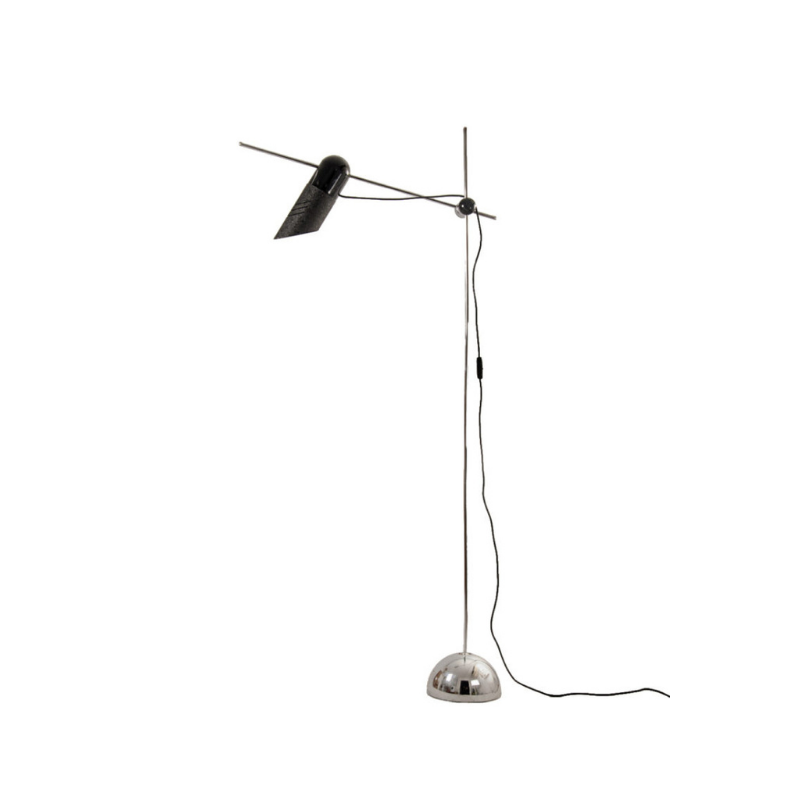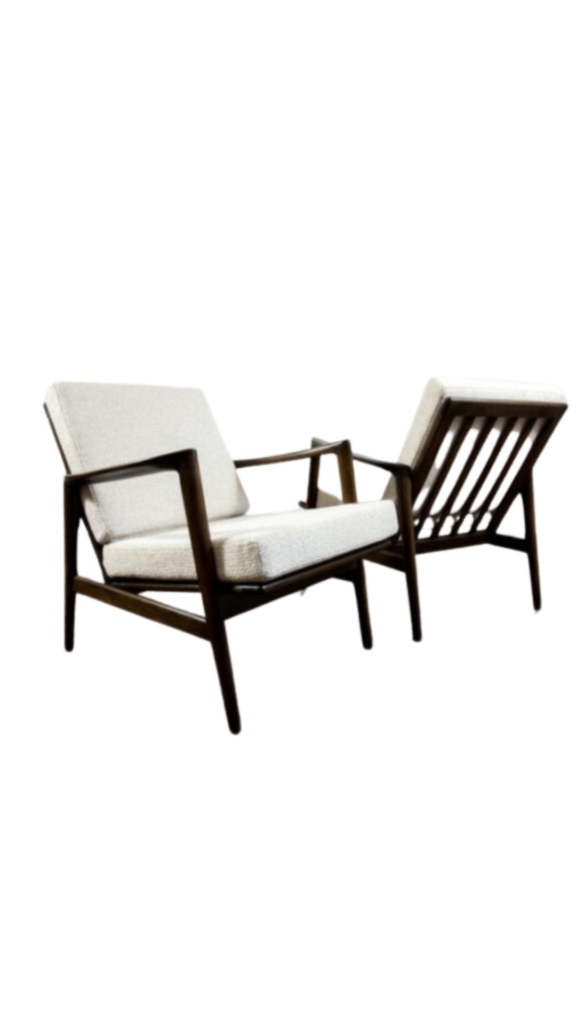The simplest solution I can think of would be...
to glue quarter rounds to the inside face at the end of every other member. This would stop the articulation of the corners at 90 degrees AND allow compression to a diamond.
A good carpenter could also perhaps come up with some cuts of the ends that accomplished a fixed angle at each corner...glued, dovetail cuts would almost certainly do it. But I sure couldn't make those cuts. I'd want a good cabinet maker to do it. There's also probably a tongue and groove solution that could be accomplished with a router. These solutions would probably be pieces of cake if the table were put into production.
I think
little ratchety things -- maybe a smple pin-and-hole or a serrated torus like a little gear -- at the joints are just what you want. Don't sacrifice the strength of the form with any visual distraction. But I'd trust the user to know what a square (or a rhomboid) looks like. . .
"Koen's version" looks great. I admire your making these things happen perhaps without even a drill press ?
Particle board and its more acceptable cousin MDF have a nice amber tone which (like its coniferous ingredients ?) can age to a warmer and richer tone -- which is available immediately with a clear finish. Use as a wear surface is chancy, unfortunately. I found my personal use for particle board quite a while ago: it makes a dandy buff "brick" for interior finish on vertical surfaces. Here is a ten-year-old table base with an ocher-tinted clear finish. The grooves are two inches apart, 5/16" high and 1/2" deep. The blue tint to the lower surface of each kerf is dust. This appearance was suggested to me by Wright's favored brick detail.
I have also used MDF for this purpose, but the texture of particle board seems perfect. Glad to hear somebody else has "designs" in it. . .!
I disagree
I believe a more elegant solution to maintaining the rigidity and shape of the square. I think there is a way that the locating pins in the corners could be shaped so as not to allow movement. Rod-shaped pins-which are fine for a triangle- but allow movement in the unstable shape of a square.
Another simple solution might allow for your rod-shaped pins in the corners: One in the usual place, (as on the triangular base) and a second pin somewhat nearby,on all four corners. Now the base can not be forced into a diamond or trapazoidal shape because there are two corner pins -one slightly inboard ( or outboard ) of the other.
The thickness of the material and the width of the shapes at the corners easily allows for two pins of equal length at each corner.
Oh by the way, if this table with this solution makes you the next Ikea billionare, would you mind throwing me a few scheckles (sic?)
A square pin
in a square hole sounds ideal ? There are mortising machines (usually in the form of a specialized drill press) that can make a square hole -- but a more elegant and practical means might be to create a square opening by building a laminated part. (Plastic laminate by the way is applied to wood or other substrate by the furniture maker rather than by a material manufacturer, in most cases. There are just too many colors and patterns for anyone to stock finished panels.)
This piece of furniture represents to me that rare case where an almost unlimited number of variations could be manufactured, with the only change being the shape of the major "part." Perhaps there could be seasonal "new offerings," or regional specials -- square for New York, wavy for Paris, diagonal for Berlin, stepped for Tokyo ? Of course, the wave may be the only version James is happy with, which I fully respect.
Thanks Patrick...
...for giving me a hand in posting this little sketch that should have been part of my 16th of march comments on the quality of the curves. It is a simple method that avoids the set backs of constructed curves. The visual quality of a curve is often under estimated. Especially now when organic forms are so easy to generate with the help of computers and the proper program. Unfortunately the underlaying knowledge is often lacking and too often you see products that have all the charcteristics of being computer generated rather than imagined by the human brain, and than modeled with the help of a computer. Previous generations especially the ones found of curves had a whole range of techniques to generate curves that are uniform i.o.w. the eye does not divide them in different components. This is just one of them as it applies to James' table.
Yay --
Koen sketches ! May there be many more. . .
And were those drawings made with a bent rod (or a drafting "snake") ? I find parallel lines particularly vexing for the free-hand drafter.
You are right that the most effective material for such curve-making sticks is a truly homogenous one; it's an irony that the most readily-available substance in the wood shop is the most likely to have curve-altering irregularities !
I believe the boat-maker's term "fair" describes a curve which, as you put it so well, isn't divided by the eye into separate components. The "lofting" process (full-size drawings of boat hulls, made on the floor of the loft above the shop) are presumably made with such rods ?
I guess it comes with age...
Using acrylic rods often square profiles with a grove in the middle of each surface, where still very common for body drawings when I worked at the Volvo car construction department in the early seventies. The way to held them in place was with a cast iron weight with a felt layer on the surface that would rest on the drawing (or engraving I would say because these kind of drawings were in fact engraved full size on aluminum sheets) The weight would on the heavy side have a hook like extention that would rest in the groove of the arcylic rod.
I haven't used
a snake that I liked. And one is at the mercy of one's fingers to create a fair curve.
Engraving on aluminum (at large scale) ? Fascinating. Were prints of some sort made -- or were they looking for undistortable records ? "If the man on the street had any idea of what we go through. . . !"
Hi Stephen
...as you suspect this was technology used in the years B.C. (before computer). The plates were not only undistortable records but also a means of communicating between hundreds of engineers working on the same car. Generally body parts would be designed in the traditional way: Three projections and some additional sections where needed. But whenever the outside sheets would be involved, it was important to have a exact standard for the outside shape of the body. These 1:1 engravings did just that they were again in three procections but with sections throught the body every 100 mm. in al three directions starting on a zero line in the middle of the length, width and height. Whenever one would need the exact shape of the outside body to adjust another body part, you would put a sheet of drafting film on top of the aluminum plate and first tarce the numbered coordinates of the place on the body where you had to adjust your part. One would than sharpen a drawing pencil into a sharp blade shape. The edge would be put unto the sheet of film but resting in the "V" groove of the engraving. Slowly but without hesitation you would than follow that groove through the paper and transfer the different section on to your own sheet. Contrary to other parts, this part of the drawing would not cary any measurements. You simply relied on the sections and the coordinates. Altough the plates were updatet continiously, they were kept in a room with stable temperature and stable humidity (not for the aluminum but for the drafting film). I hope Don does not have to translate this in proper english....
If you need any help, please contact us at – info@designaddict.com









